Angola is a country in Southern Africa, bordered by Namibia, Zambia, and the Democratic Republic of the Congo. Luanda, its capital, is one of Africa’s fastest-growing cities. The nation is rich in oil and diamond resources, contributing significantly to its economy. Portuguese is the official language, reflecting its colonial history. The Kwanza River, one of the longest in Africa, flows through Angola, offering scenic boat trips. Visitors can explore a variety of attractions, from national parks to historical sites in this country.
Location
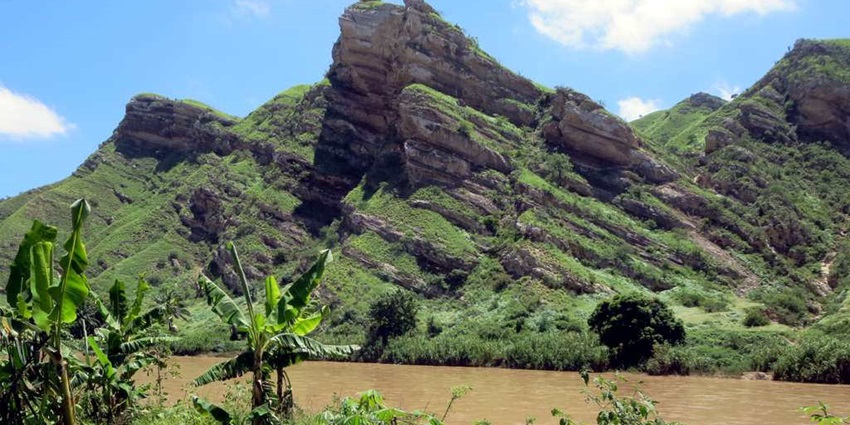
Photo: David Stanley / Wikimedia Commons
This nation is situated on the western coast of Southern Africa, with the Atlantic Ocean forming its western boundary. The country spans approximately 1.25 million square kilometers, making it one of the largest nations in Africa. Luanda, the capital, is a major port city and economic hub. The country’s interior consists of plateaus, rivers, and forests. The northern and central regions have a tropical climate, while the southern areas experience semi-arid conditions.
How To Reach Angola
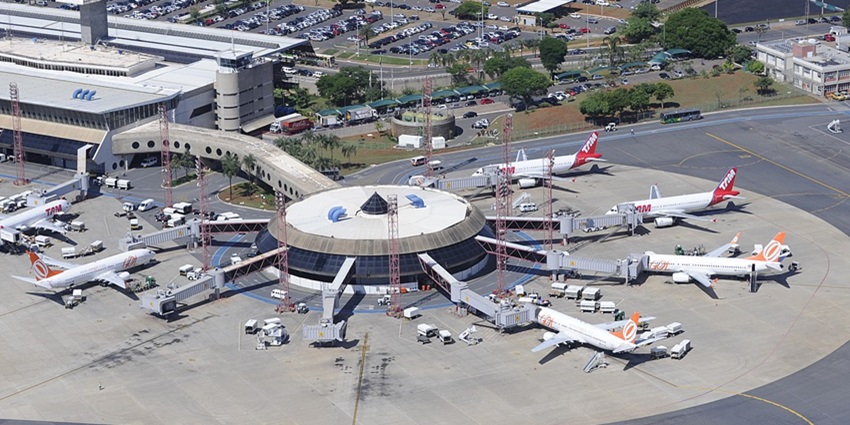
Photo: Senado Federal / Wikimedia Commons / Image For Representation Only
By Air: Quatro de Fevereiro International Airport in Luanda serves as Angola’s main international gateway. Airlines operate flights from Europe, South America, and other African countries.
By Bus: Long-distance buses operate from neighboring countries like Namibia and Zambia. These services connect major cities and towns in the country.
By Train: Its railway network links key cities, including Luanda, Lobito, and Malanje. The Benguela Railway provides connections to the Democratic Republic of the Congo.
By Taxi: Taxis are widely available in urban areas, offering an affordable way to travel within cities. Shared taxis, locally known as candongueiros, are a common mode of transport.
Best Things To Do In Angola
Discover the best things to do in Angola, from nature experiences to cultural attractions.
1. Kwanza River Boat Trip
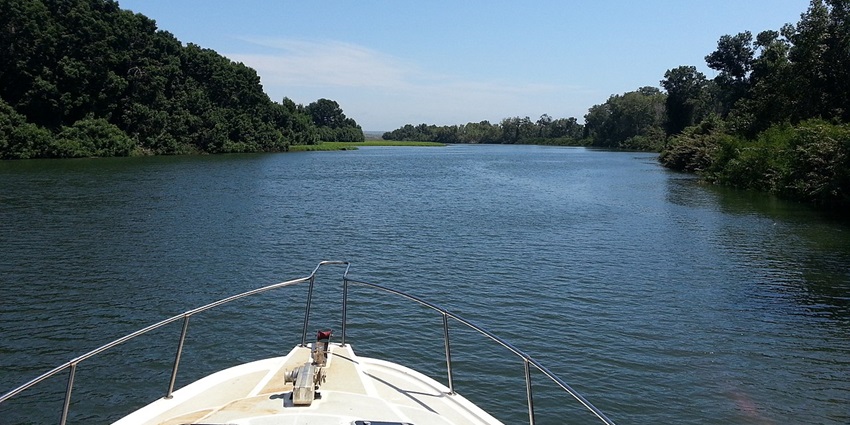
Photo: Patyfessora/ Wikimedia Commons
A boat trip on the Kwanza River offers a peaceful way to explore Angola’s diverse ecosystems. The river winds through dense forests, providing an opportunity to see native wildlife such as crocodiles, hippos, and various bird species. Guided boat tours explain the river’s role in the region’s ecology and history. Fishing excursions allow visitors to experience traditional fishing methods while catching local species.
Major Attractions: River cruises, fishing tours, wildlife spotting
Best Time To Visit: May – October
Ideal Trip Duration: Half-day or full-day tour
2. Explore Luanda: Authentic Guided City Experience
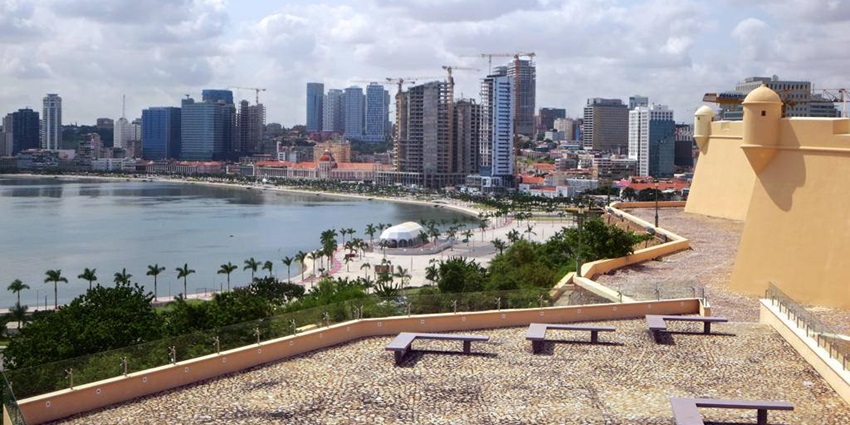
Photo: David Stanley / Wikimedia Commons
A guided tour of Luanda offers a deeper look into nation’s past and cultural identity. Visitors can explore colonial-era architecture, historic landmarks, and markets filled with local crafts. Stops include the Iron Palace, known for its unique design, and Independence Square, a site of national significance. The tour often includes a visit to local neighborhoods, giving insight into daily life.
Major Attractions: Iron Palace, Independence Square, local markets
Best Time To Visit: June – September
3. Beach Day At Cabo Ledo
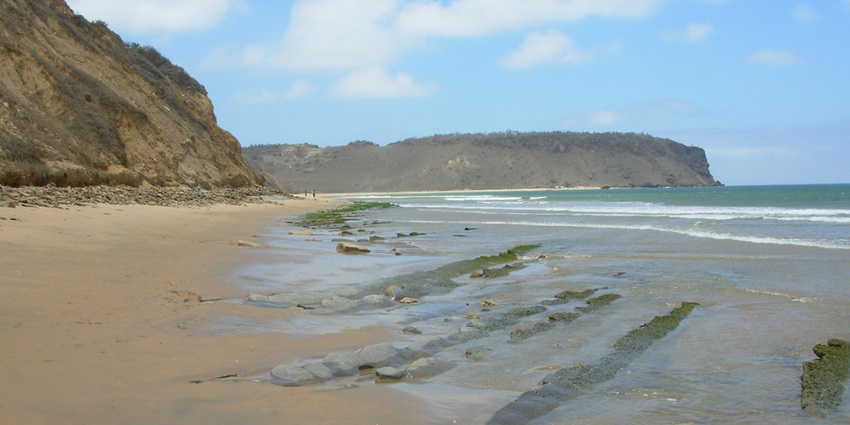
Photo: Felipe Miguel / Wikimedia Commons
Cabo Ledo is a well-loved coastal retreat, drawing surfers, swimmers, and those seeking a relaxing day by the water. The long stretch of beach provides plenty of space to unwind or engage in beach sports. Surfing conditions are ideal, attracting both beginners and professionals. Local restaurants offer freshly prepared seafood, providing a taste of the region’s cuisine.
Major Attractions: Surfing, seafood restaurants, sandy shores
Best Time To Visit: May – September
Places To Visit In Angola
While exploring this country, make sure to add these renowned attractions to your list for a memorable experience:
1. Parque Nacional Do Quiçama
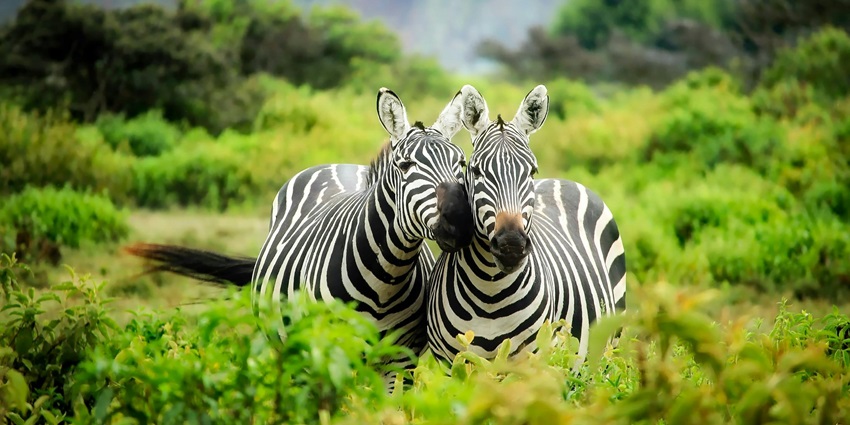
Photo: Pixabay / Pexels / Image For Representation Only
Parque Nacional do Quiçama is a well-preserved sanctuary for Angola’s diverse wildlife. Spanning thousands of square kilometers, the park is home to elephants, antelopes, and zebras, offering visitors an opportunity to observe these animals in their natural surroundings. The park’s savannahs and dense forests support a variety of flora and fauna, making it an essential site for conservation efforts.
Major Attraction: Wildlife safaris
Timings: 6 AM – 6 PM
Entry Fee: 5000 Kz or ₹470
2. Miradouro Da Lua
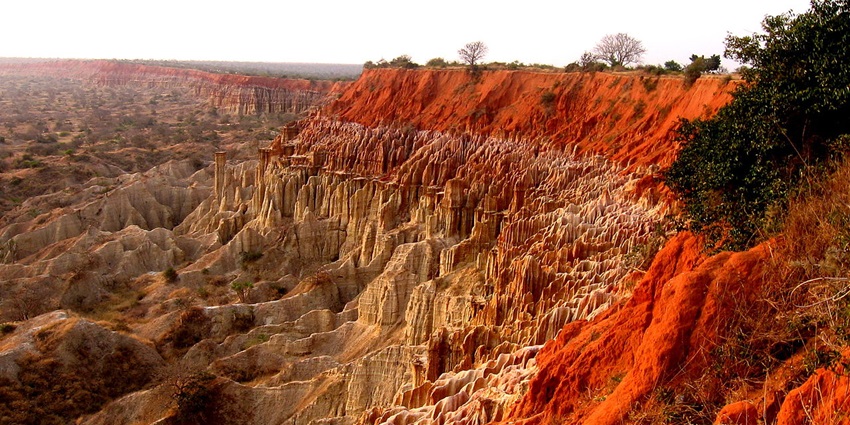
Photo: Paulo César Santos / Wikimedia commons
Miradouro da Lua is a remarkable geological site shaped by erosion over centuries. Its rugged formations create a striking appearance that resembles the surface of the moon. Visitors can explore the cliffs and ridges, which shift in color throughout the day due to the play of light and shadows. This natural wonder is a favorite among photographers and nature enthusiasts who appreciate its unique topography.
Major Attraction: Unique rock formations
Entry Fee: N/A
3. Mausoleum Of Agostinho Neto
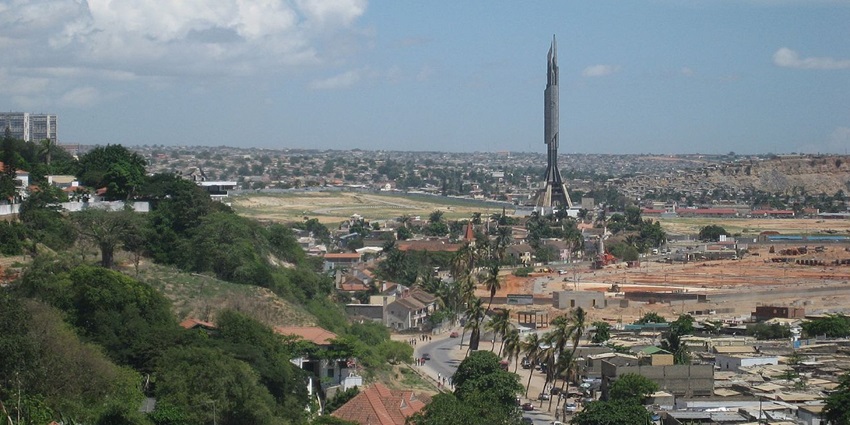
Photo: Erik Cleves Kristensen / Wikimedia Commons
The Mausoleum of Agostinho Neto stands as a tribute to Angola’s first president, symbolizing his contributions to the nation’s independence. This towering structure is an architectural landmark, designed to reflect the significance of the nation’s struggle for sovereignty. Inside, exhibits detail Neto’s life, political journey, and the country’s history.
Major Attraction: Historical Significance
Timings: 9 AM – 5 PM
Entry Fee: 2000 Kz or ₹188
4. Fortaleza De Sao Miguel
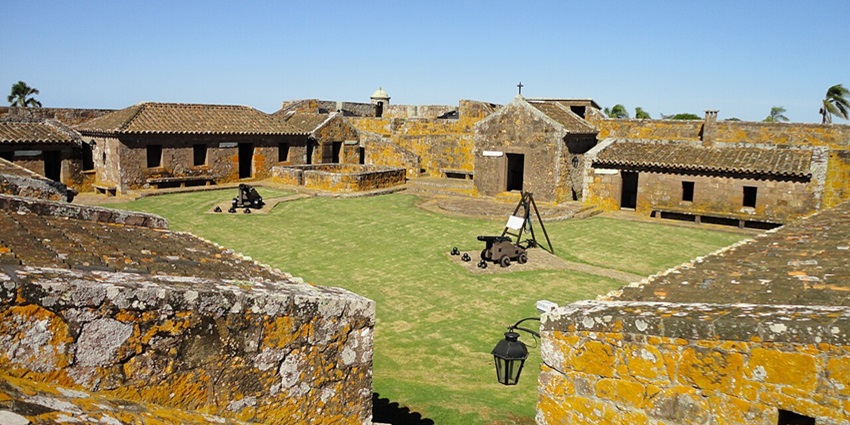
Photo: Gabriela2465 / Wikimedia Commons
Fortaleza de Sao Miguel is a historical fort that once served as a defensive stronghold during the Portuguese colonial period. Built in the late 16th century, it played a crucial role in nation’s early military history. Today, the fort functions as a museum, displaying statues, relics, and artifacts that tell the story of the nation’s past. The structure’s well-preserved walls and vantage points offer visitors a glimpse into the strategic importance of its location.
Major Attraction: Colonial History Museum
Timings: 8 AM – 6 PM
Entry Fee: 1500 Kz or ₹141
5. Ilha Do Mussulo
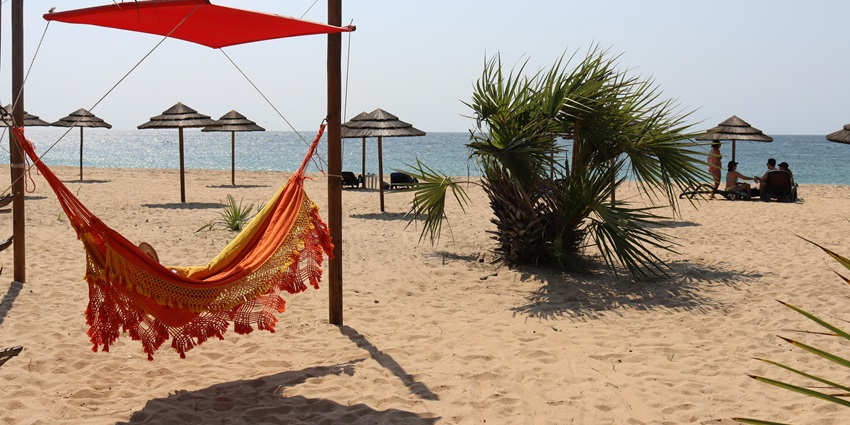
Photo: TUBARONES PHOTOGRAPHY / Pexels / IMage For Representation Only
Ilha do Mussulo is a coastal retreat known for its sandy shores and water activities. This island attracts visitors looking for a peaceful getaway with opportunities for relaxation and recreation. Boat tours allow travelers to explore the surrounding waters, while snorkeling enthusiasts can discover marine life beneath the surface. The area also features local restaurants serving fresh seafood, offering a taste of coastal cuisine.
Major Attraction: Beach activities
Timings: 24*7
Entry Fee: N/A
Where To Stay
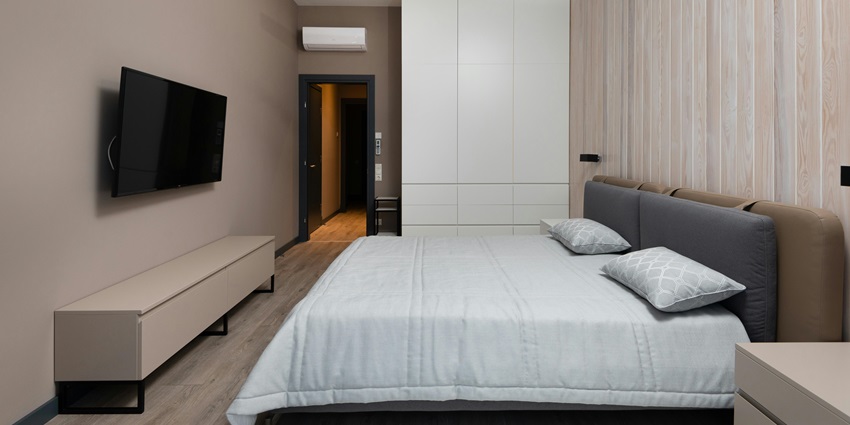
Photo: Max Vakhtbovycn / Pexels / Image For Representation Only
The country offers a variety of lodging options that cater to different travel needs. In Luanda, visitors can stay in high-end hotels that provide spacious rooms, modern amenities, and business facilities. Along the coastline, resorts provide accommodations with scenic ocean views, making them suitable for relaxation. Those planning longer stays can opt for serviced apartments, which include kitchen facilities and offer a more independent living experience.
Where To Eat

Photo: Ash Craig / Pexels / Image For Representation Only
Angolan cuisine reflects a combination of indigenous ingredients and Portuguese culinary techniques. In Luanda, upscale restaurants serve refined versions of traditional meals, while casual eateries offer homestyle cooking. Popular dishes include moamba de galinha, a flavorful chicken stew, and funge, a staple made from cassava flour. Seafood lovers can enjoy freshly caught fish, grilled prawns, and shellfish in coastal restaurants.
Other Factors To Consider
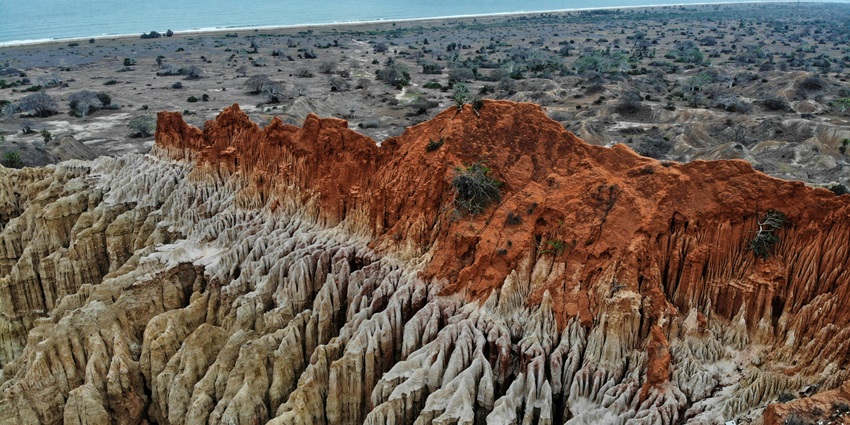
Photo: Jorge Sá Pinheiro / Unsplash
Average Cost Of Trip
A week-long trip to this destination typically costs between ₹1,50,000 and ₹2,50,000 or Kz 1,595,239 to Kz 2,658,732. This budget covers flights, accommodation, meals, transportation, and sightseeing expenses. Prices vary based on travel preferences, with luxury stays and exclusive activities increasing costs, while budget-friendly options help manage expenses.
Tips For Travellers
- Carry local currency (Kwanza) for small transactions.
- Portuguese is widely spoken, so basic phrases can be useful.
- Avoid travelling at night in unfamiliar areas.
Angola presents diverse attractions, including national parks, historic landmarks, and coastal regions. Travelers can visit protected reserves home to unique wildlife or explore ancient forts that reflect the country’s rich past. Coastal areas provide opportunities for relaxation and water activities, while bustling markets introduce visitors to local crafts and cuisine. The country’s cultural heritage is evident in its traditional music, dance, and festivals. Plan a well-rounded trip with TripXL!.
Cover Photo: Jorge Sá / Unsplash


 WhatsApp
WhatsApp
 Twitter
Twitter









